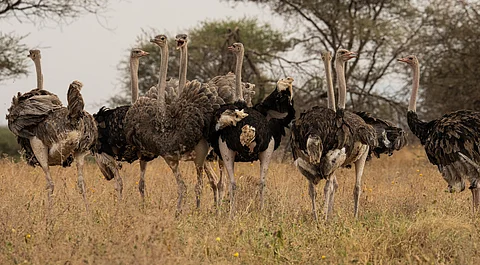

AviList, the first-ever unified global checklist of bird species, became live on June 12, 2025, after four years of work by the Working Group on Avian Checklists.
The new checklist will replace the International Ornithological Committee (IOC) and Clements lists and will be updated annually, according to a statement by BirdLife International, the global partnership of non-governmental organisations that strives to conserve birds and their habitats.
The Working Group on Avian Checklists included representatives from BirdLife International, the Cornell Lab of Ornithology, the American Ornithologists Society, the International Ornithologists’ Union, and Avibase.
The list contains 11,131 species, 19,879 subspecies, 2,376 genera, 252 families and 46 orders. It has thus brought together global thinking on what constitutes a species and shakes up humanity’s understanding of the avian world.
The new list will especially help scientists get clarity on conservation priorities.
“The development and adoption of a single unified global taxonomic list for birds will benefit conservation, removing the current confusion and uncertainty resulting from the existence of multiple lists. It will make it easier for birders, scientists, policymakers and conservationists to share information, use and link different online platforms, and share a common understanding of avian distribution, ecology and conservation priorities,” the statement quoted Stuart Butchart, chief scientist at BirdLife International.
It added that until now, ornithologists and birders have used a selection of global checklists, each with its own reasoning on what constitutes a specific species of bird.
“In trying to protect birds at a global scale, it is important to ensure that everyone is talking the same language and the data match,” said Marshall Iliff, an AviList team member and eBird project leader at the Cornell Lab.
The new checklist is published freely at https://www.avilist.org/. and can be downloaded in full for free. It can be downloaded in full or as a ‘short version’ containing just the most essential fields, in both .xlsx and .csv. formats, according to the statement.